This type of furniture is commonly found in Pyongyang, the current capital city of North Korea. Pyongyang has been a center of economic and cultural influence since the Goryeo dynasty (918–1392). The climate in the area is characterized by very cold winters and hot, dry summers.

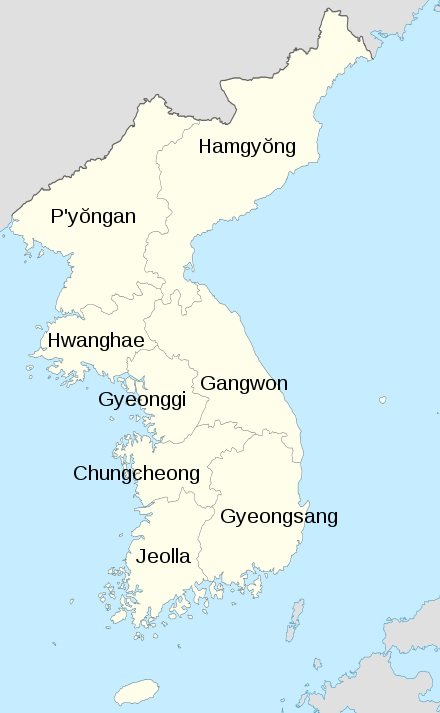


They are quite easy to recognize due to their dark stained front panels, which are always adorned with large rectangular brass ornaments.
The white brass alloy includes tin and sometimes nickel, in addition to copper and zinc, with the color depending on the proportions of the principal ingredients.
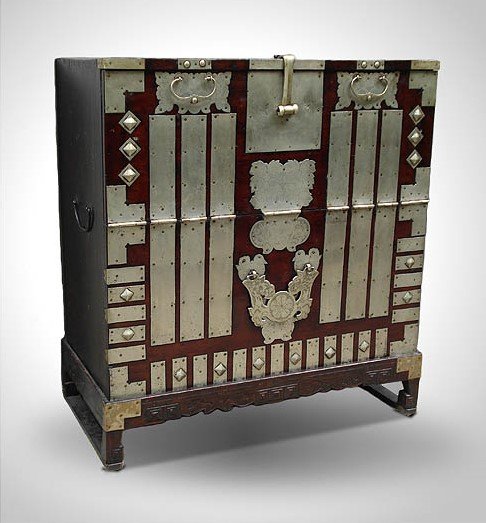
Stained linden wood, White brass fittings. Pyongyang style. Korea.
Early 20th century. H. 97cm, W. 89cm, D. 45cm.
The extensive metal work is typical of pieces from the northern province of Korea, Pyongyang city area. However. We purchased this piece 35 years ago when no furniture trading between North Korea and China was taking place.. This chest was probably made in Pyongang province and moved from the northern part during the Korean war. Legs have been made later and can be separate from the body.
The incised designs on the brass of this chest include a mixture of auspicious motifs. Phoenix, flowers, pine trees and rocks. Front handles are in shape of the bat.
Private Collection.
Those chests were larger, especially in terms of height, than pieces from the Southern part of the peninsula. The need to increase the size of the bandaji was due to the higher position of the windows in the Korean houses from this area and the requirement to store thick clothing needed during the winter.
The average size of a Pyongyang bandaji was as follows: Height – 92cm, Width – 91.5cm, Depth – 46cm.
What makes them even more distinctive is the white brass metalwork that adorns the entire front of the chest. In the case of special “Pyongyang” bandajis, various motifs were often incised on each of the white brass plates.
Linden wood was the primary material used for construction in most cases. A dark stain was applied to conceal the plain and regular wood grain, and they were elevated from the floor with two lateral beams.
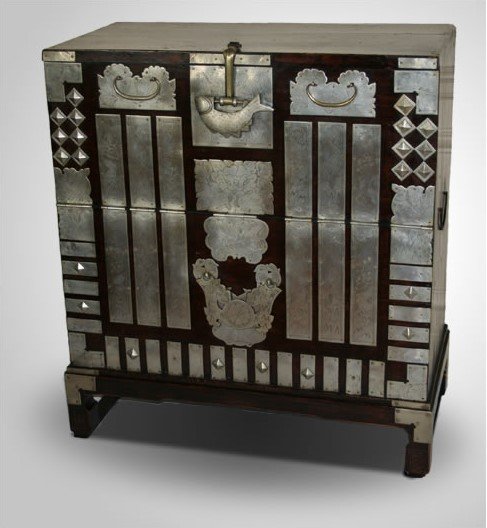
Linden wood, white brass fittings.
Pyongyang area. Pyongan Do province.
Early 20th Century.
H. 95cm, W. 88cm, D. 45cm.
Legs are new and were made during restoration.
Private collection
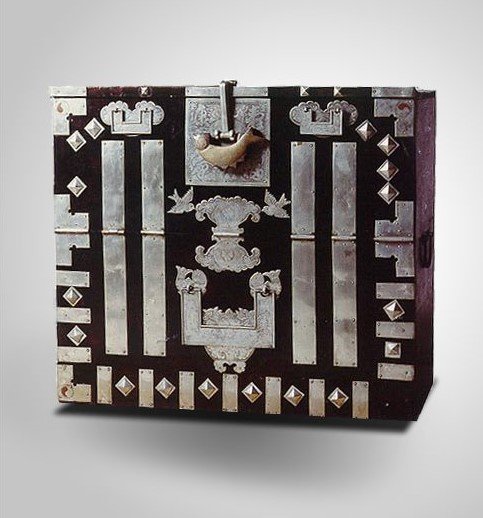
Stained Linden wood, white brass fittings.
Pyongyang Area. Pyongan Do province.
Early 20th Century.
H. 65cm, W. 80cm, D. 48cm
Private collection.

Linden wood, white brass fittings.
Pyongyang area. Pyongan Do province.
Early 20th Century. This chest is in its original condition, Opening front panel pullers missing.
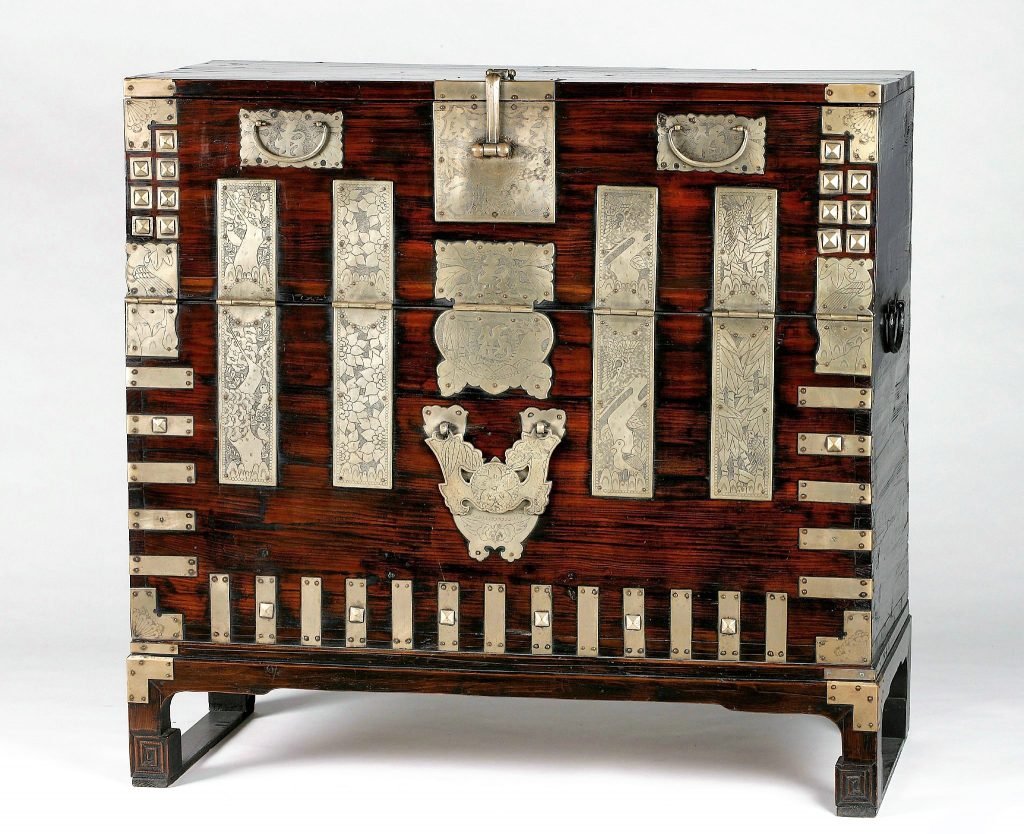
Linden wood, white brass fittings.
Pyongyang area. Pyongan Do province.
Early 20th Century. This chest has been widely restored.
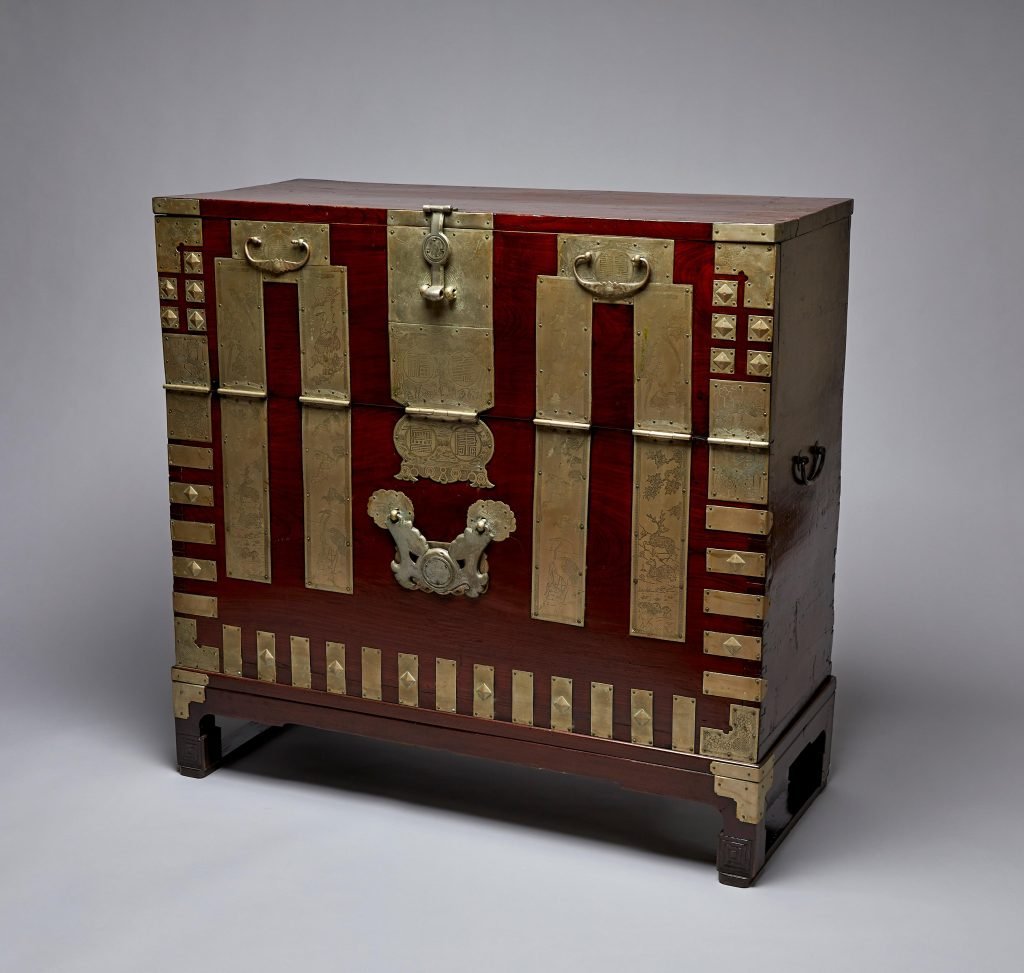
Elm wood, H. 106cm, W. 102cm, D. 47,2cm. Collection: Namgaram Museum, Korea. Rectangular lock plate and front hinges. Bat shaped pullers. Motifs such as crane, pine tree, cloud, deer, turtle, plum blossom and the characters ‘福’, ‘壽’, ‘康’, and ‘寧’ are engraved on each front plates.
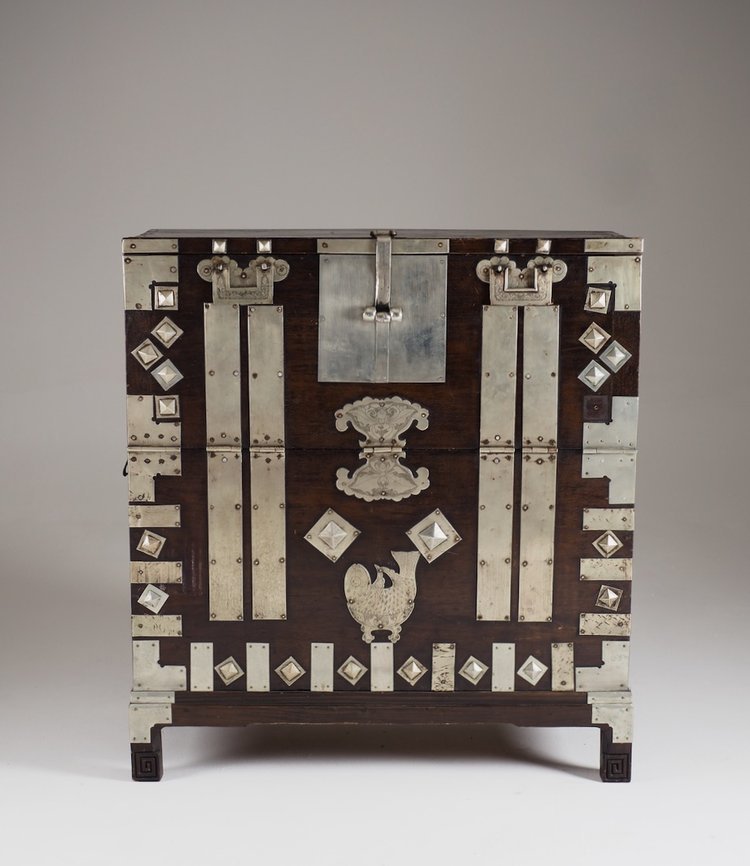
Probably linden wood with white brass fittings. 20th century. Courtesy of Karlsson & Wickman Gallery, Stockholm.

H. 97,4cm, W. 90,5cm, D. 51,2cm.
Collection: Busan metropolitan City Museum.
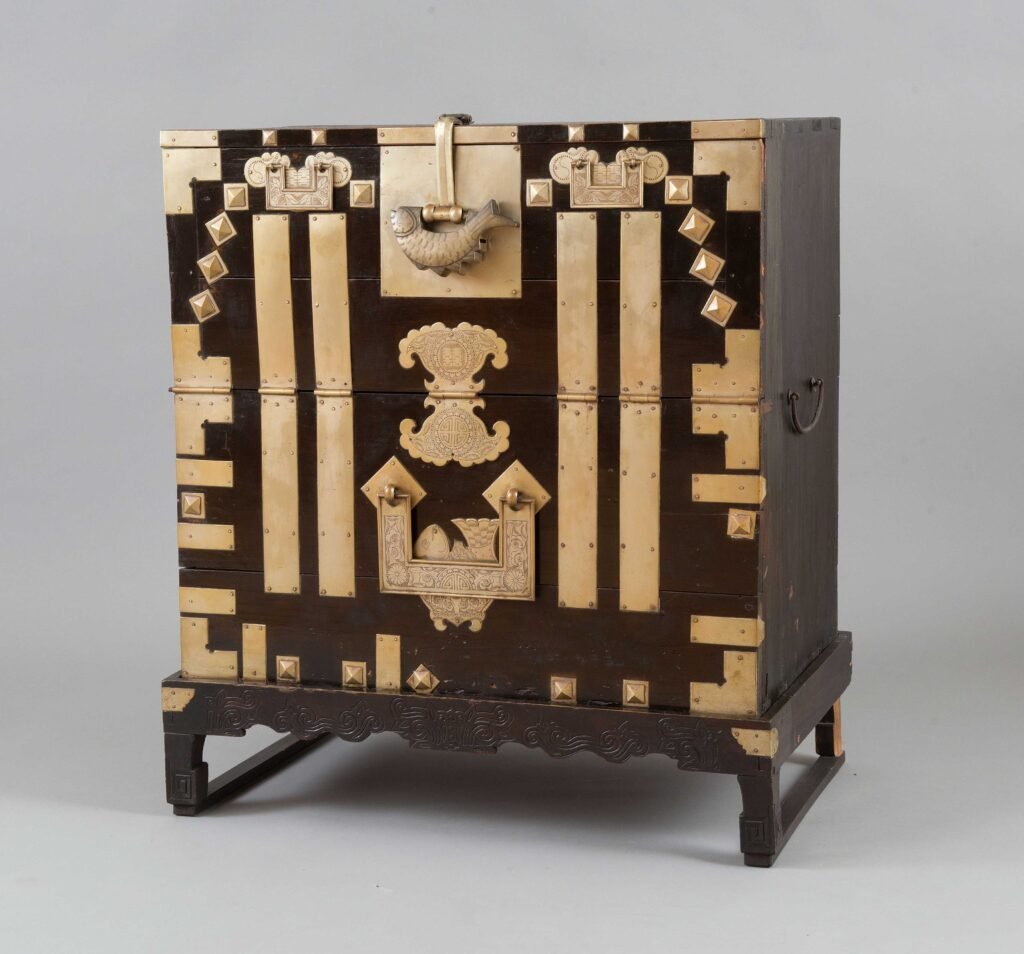
On the best pieces, metal plates were incised with various designs. These ornaments included the usual array of auspicious motifs, such as the phoenix, pine trees, flowers, and rocks. Chinese characters like ‘happiness’ (高兴 ‘Fu’) and ‘longevity’ (壽 ‘Shou’) were also present.
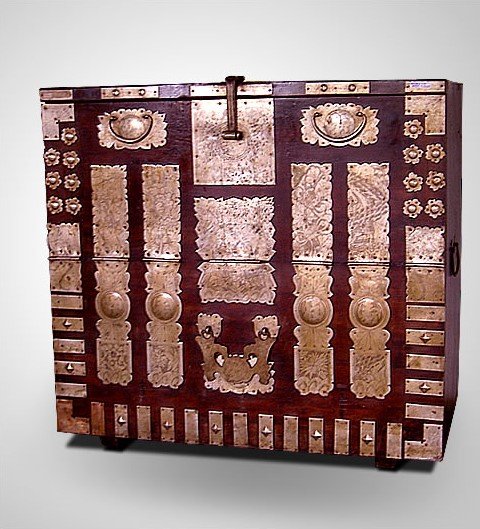
Linden wood, white brass fittings. The metal work on this piece is finely decorated with incised auspicious motif.
Pyongyang area, Pyongan Do province.
Late 19th Century.
H. 88cm, W. 90cm, D. 45cm.
Private collection.
Until the late 1980s, most bandaji from Pyongyang were found in South Korea. The Korean War resulted in a migration of people from the north, with many families bringing along their chests and belongings.
Pieces found a few years ago in South Korea were typically of higher quality and owned by wealthier families. These bandaji were placed on a stand, which is unusual for original pieces. During restoration, new stands were added to these pieces.
By the 1990s, many pieces became available on the Chinese market, smuggled across the border with North Korea. The quality was average, and these chests required extensive restoration.
METALWORK MOTIFS OF DECORATION.
Pyongyang bandaji are large chests with numerous decorative brackets. Notable among their decorative patterns are Crucian carp and Namdaemun.
During the early Joseon Dynasty, some of these chests were adorned with holes in cast iron plates. They are characterized by their six or eight long rectangular hinges with brass decorations, which are attached side by side, giving them a substantial appearance. This design also masks the poor quality grain of the wood (typically linden).
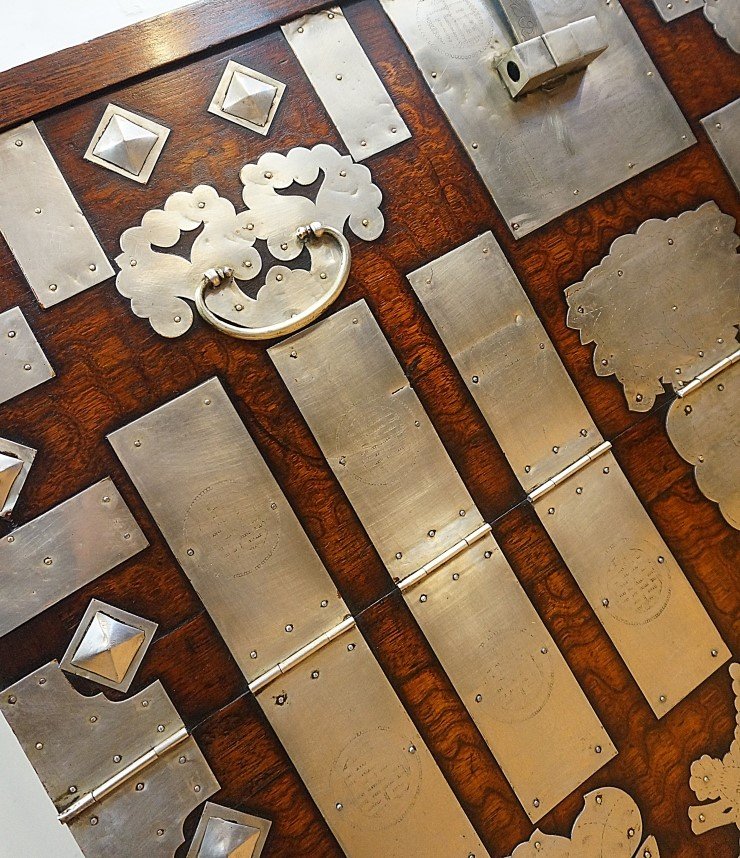
Belt hinges.
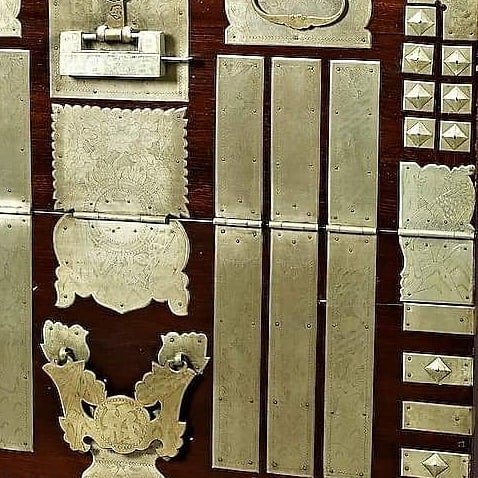
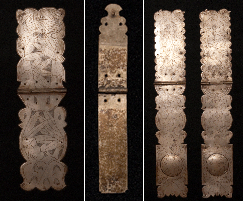
White brass with engraved auspicious motives such as
Chinese characters, birds, bamboo, pine trees.
Popular on northern Korean Bandaji. Pyongyang & Kaesong

The South Gate motif – The Namdaemun gate.
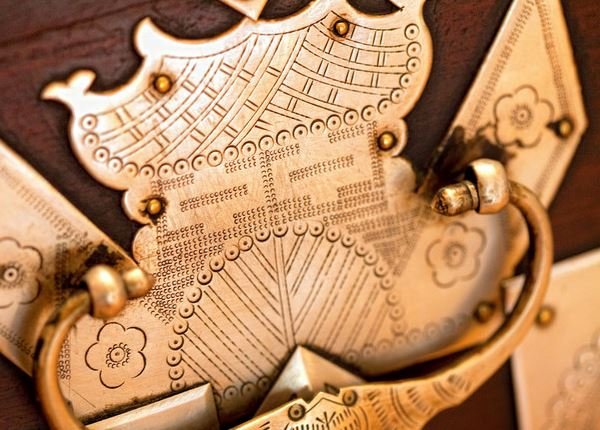
(white brass)

(white brass)

(white brass)
Handles.
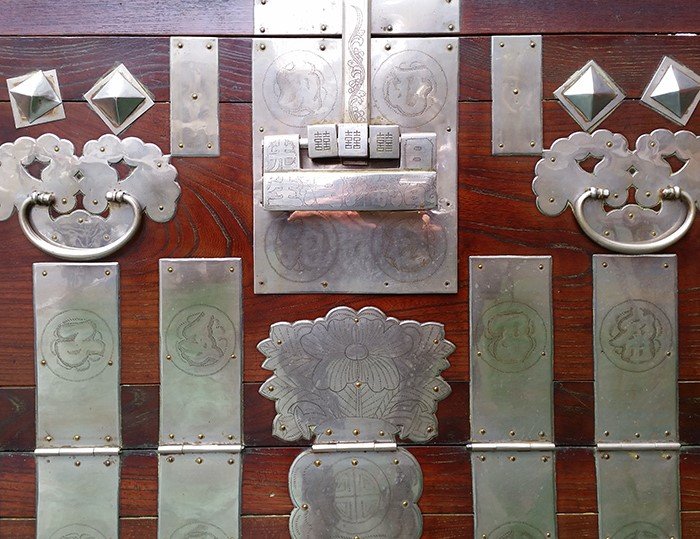
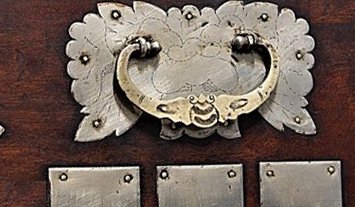
White brass.
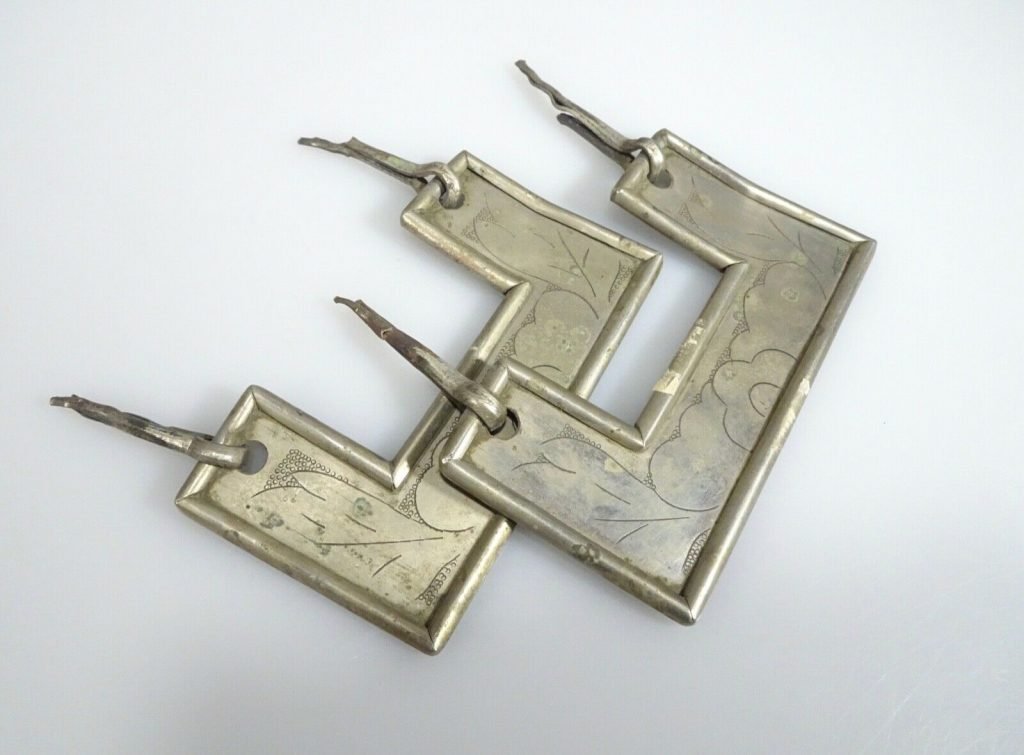
White brass.
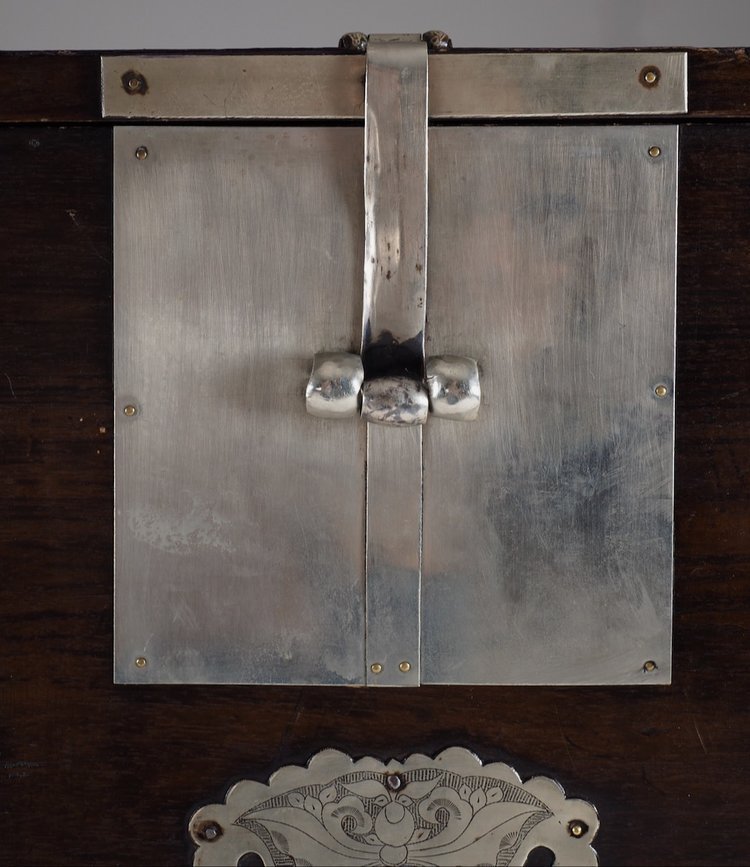
Courtesy of Karlsson & Wickman Gallery, Stockholm.
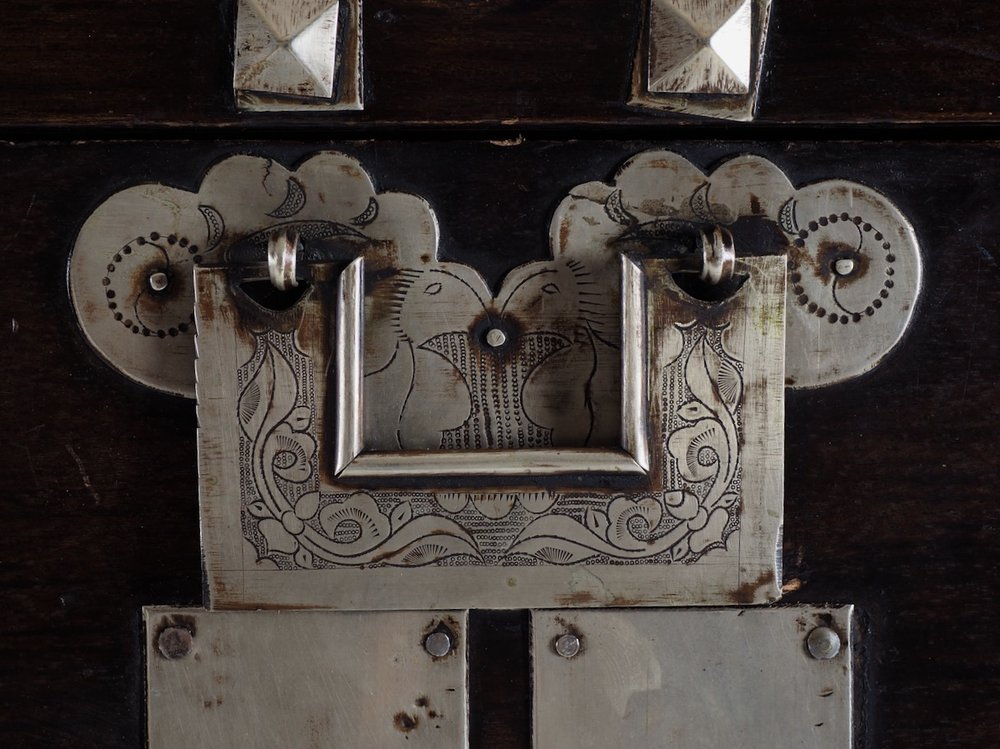
White brass. Courtesy of Karlsson & Wickman Gallery, Stockholm.
Lock plates
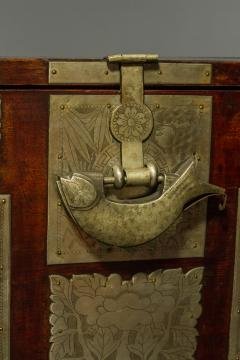
Pyongyang Bandaji, White brass.
Incised deers, bamboo, crane & pine motifs.
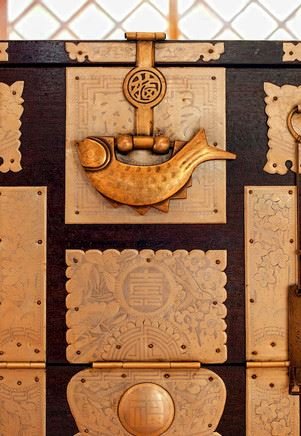
Pyongyang Bandaji, White brass.
Incised Chinese characters.
Plates & fittings
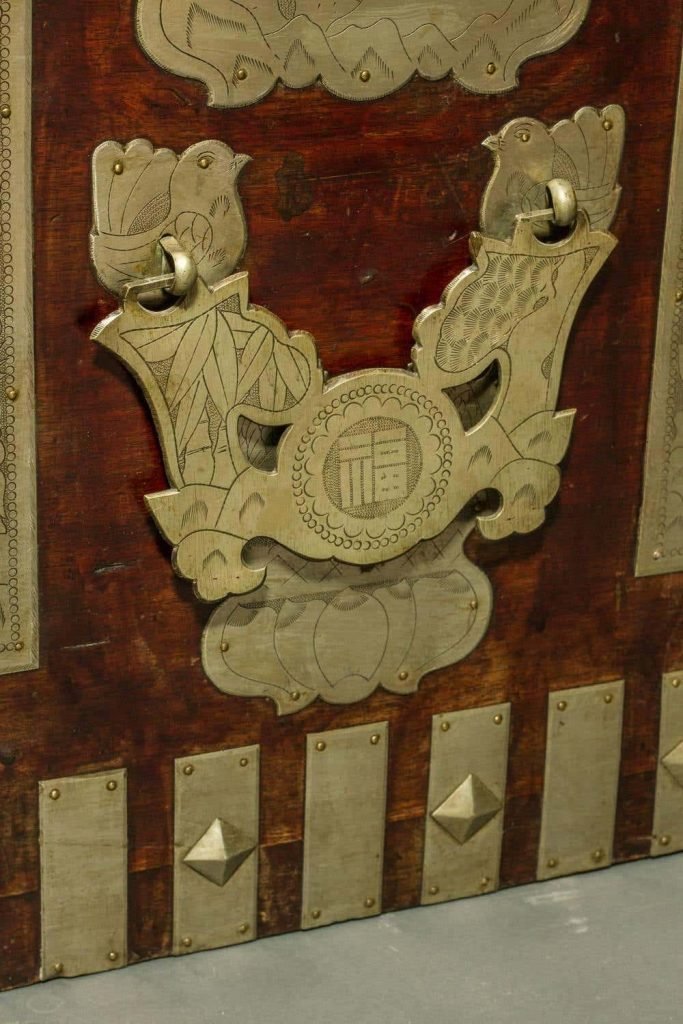
Incised with bamboo, pine, and Chinese character.
This type of central handle was typical on Pyongyang Bandaji.

The white brass double cabbage pattern is common on Bandaji from the northern provinces and is always placed in a central part
of the chest as fittings holding the opening panel.
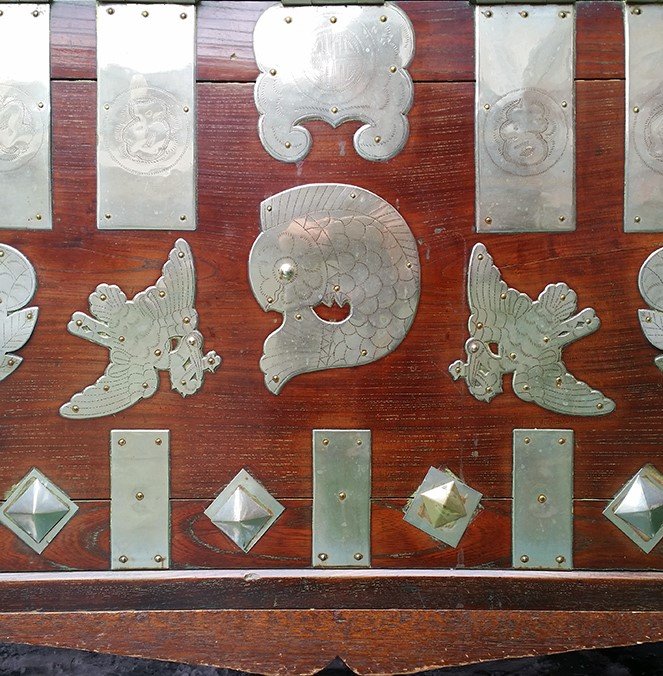
on the bottom part of the chest as a decoration.
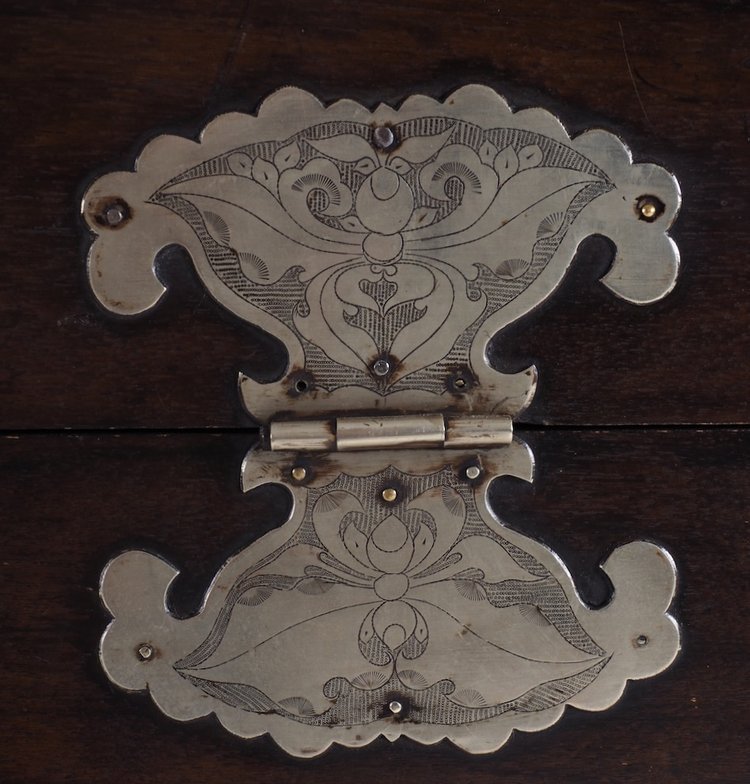
Courtesy of Karlsson & Wickman Gallery, Stockholm.

Courtesy of Karlsson & Wickman Gallery, Stockholm.
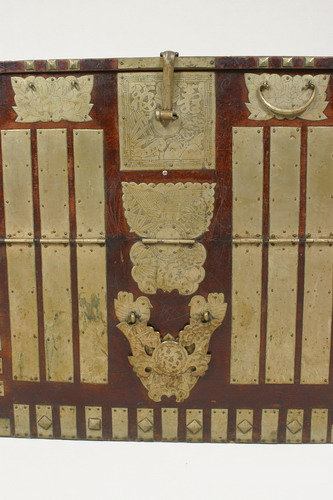
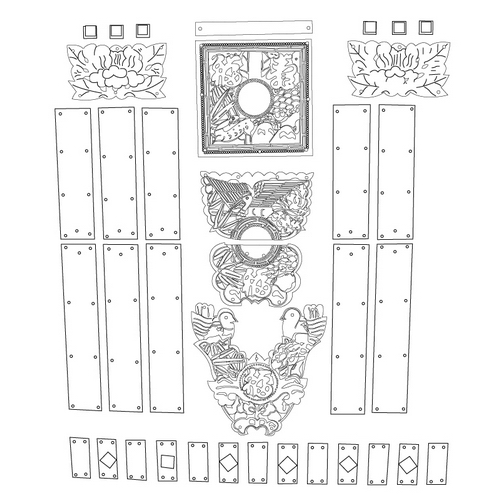

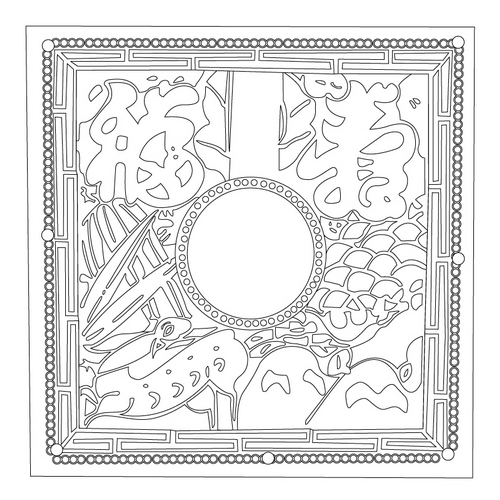
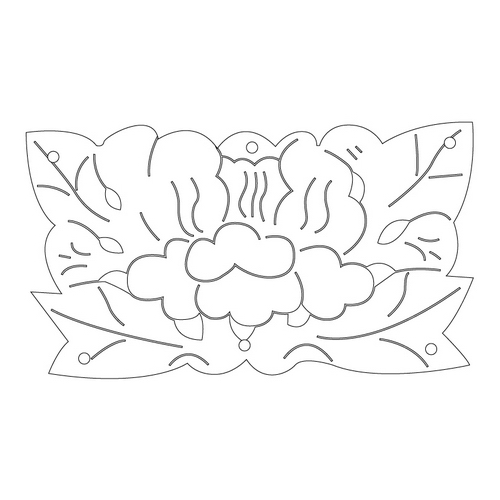
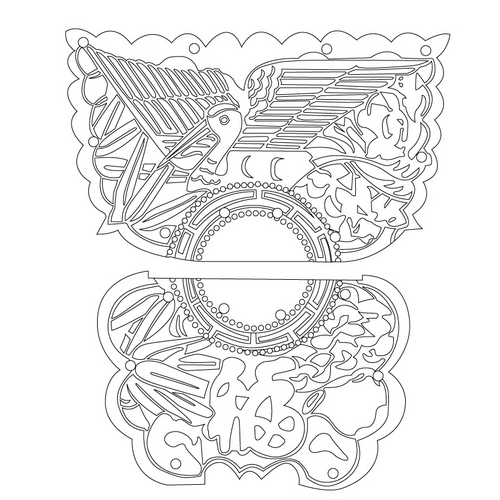

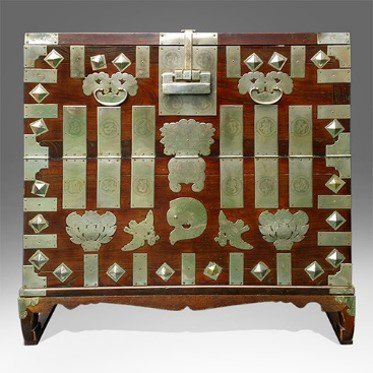
Large six belt hinges with incised Chinese characters, Cabbage plates, crucian carp & flower motif.
Despite the nearly universal use of white brass, we discovered that certain pieces of furniture were coated with yellow brass.
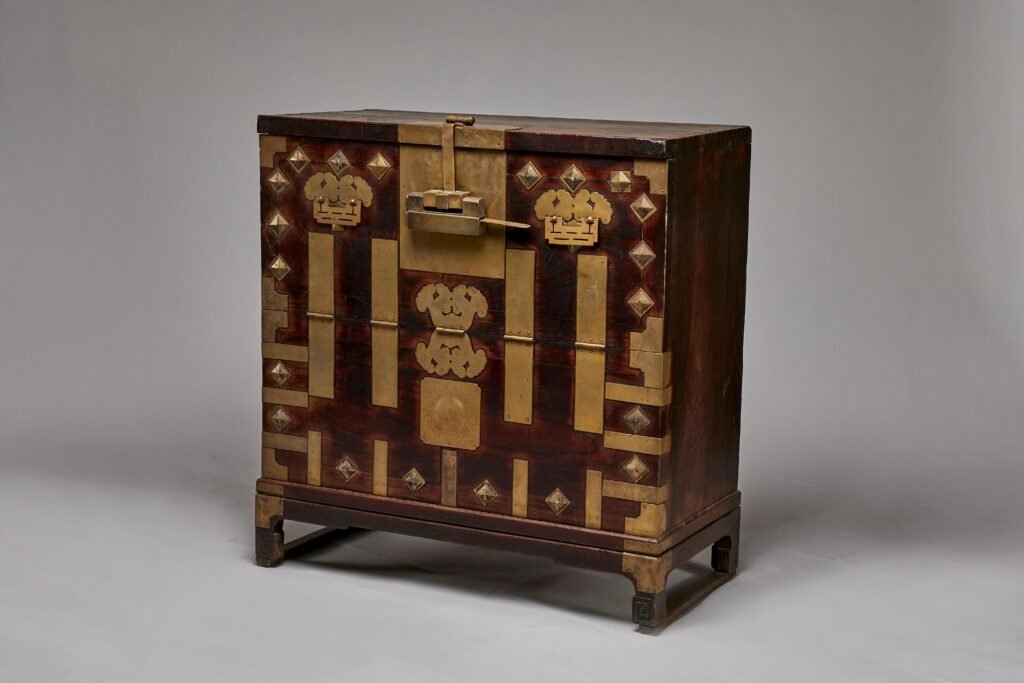
Collection: NAMGARAM MUSEUM. Jinju-si,
Gyeongsangnam-do, Korea.
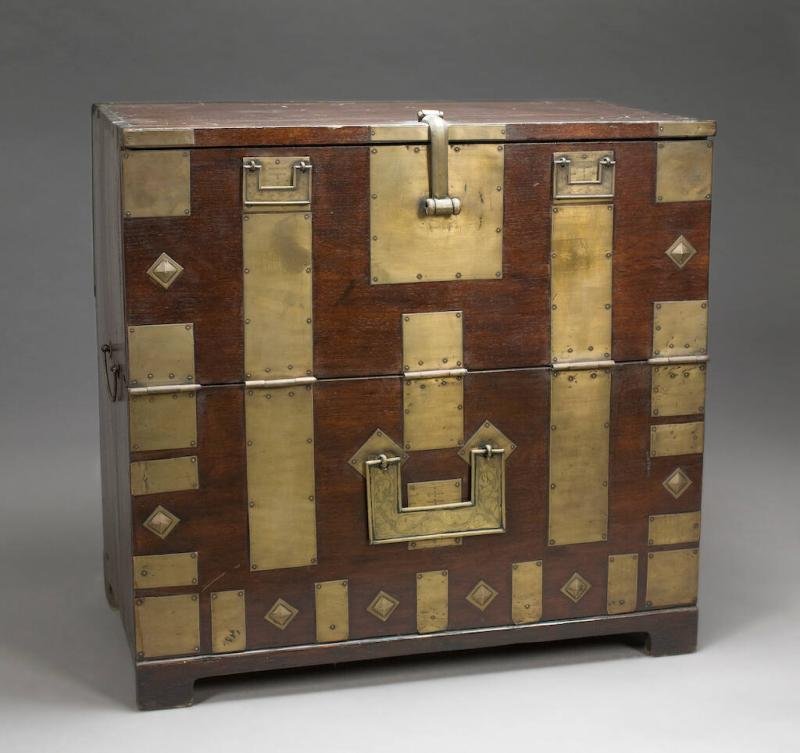
The extensive metalwork, typica; of pieces from the north of the peninsula, is unusual in being of yellow rather than white brass and in having no incised designs except on the handles.
Collection: Weisman Art Museum, Minneapolis, USA.

Collection: Busan Metropolitan Museum.


H x W x D: approx. 83 x 91 x 45.5 cm. Auction in Germany. 2024.
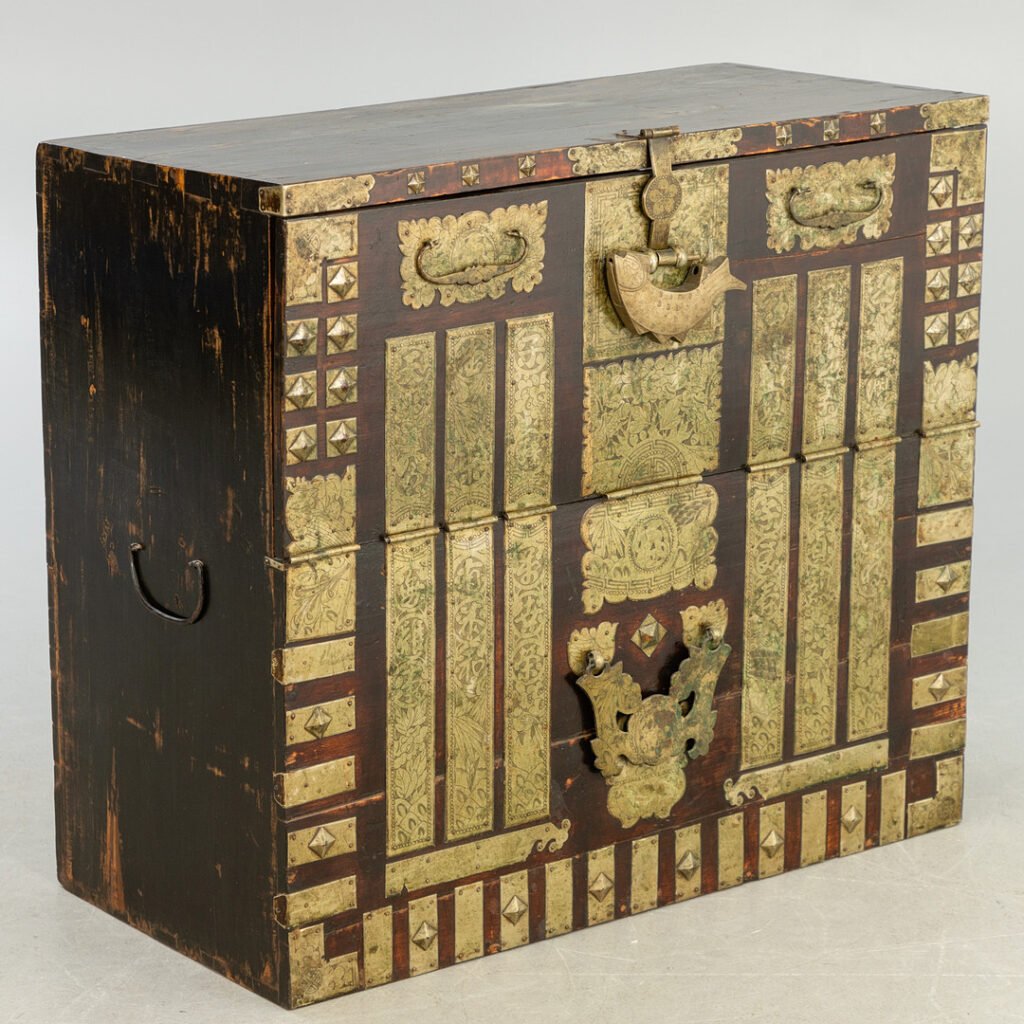


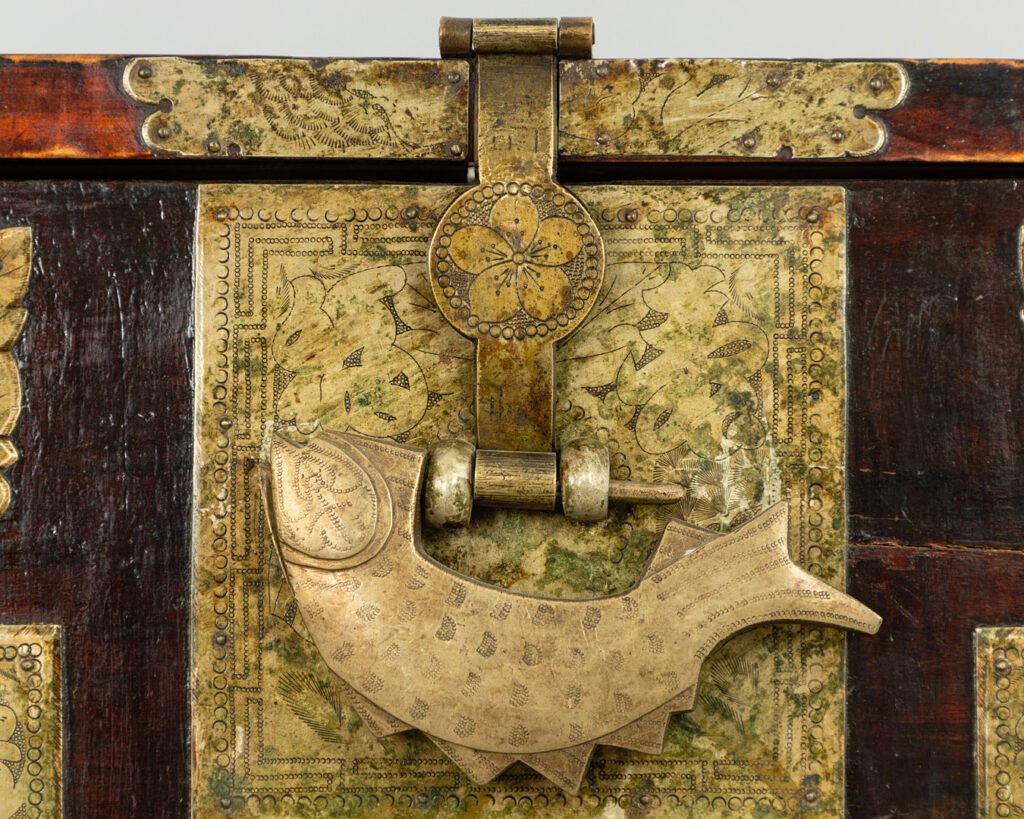




[…] LINK: PYONGYANG BANDAJI-평양 반닫이 […]
We have a Pyongyang bandaji that we bought in Seoul about 1977. It has the original silk tassel on the “key” and original heavy carp lock. The main decoration is Namdaemoon, but the interesting thing I find about it is that on the gate are two tae-guk-ki. The check looks older than post-1945 for sure, and I doubt that anyone would put Korean flags on a new piece during the Japanese Occupation. It would seem then that the piece must have been made before 1910, but during a period of nationalism. Thoughts?
Could you provide some pictures of your chest. Thank you. Yves. tortuebangkok@gmail.com.